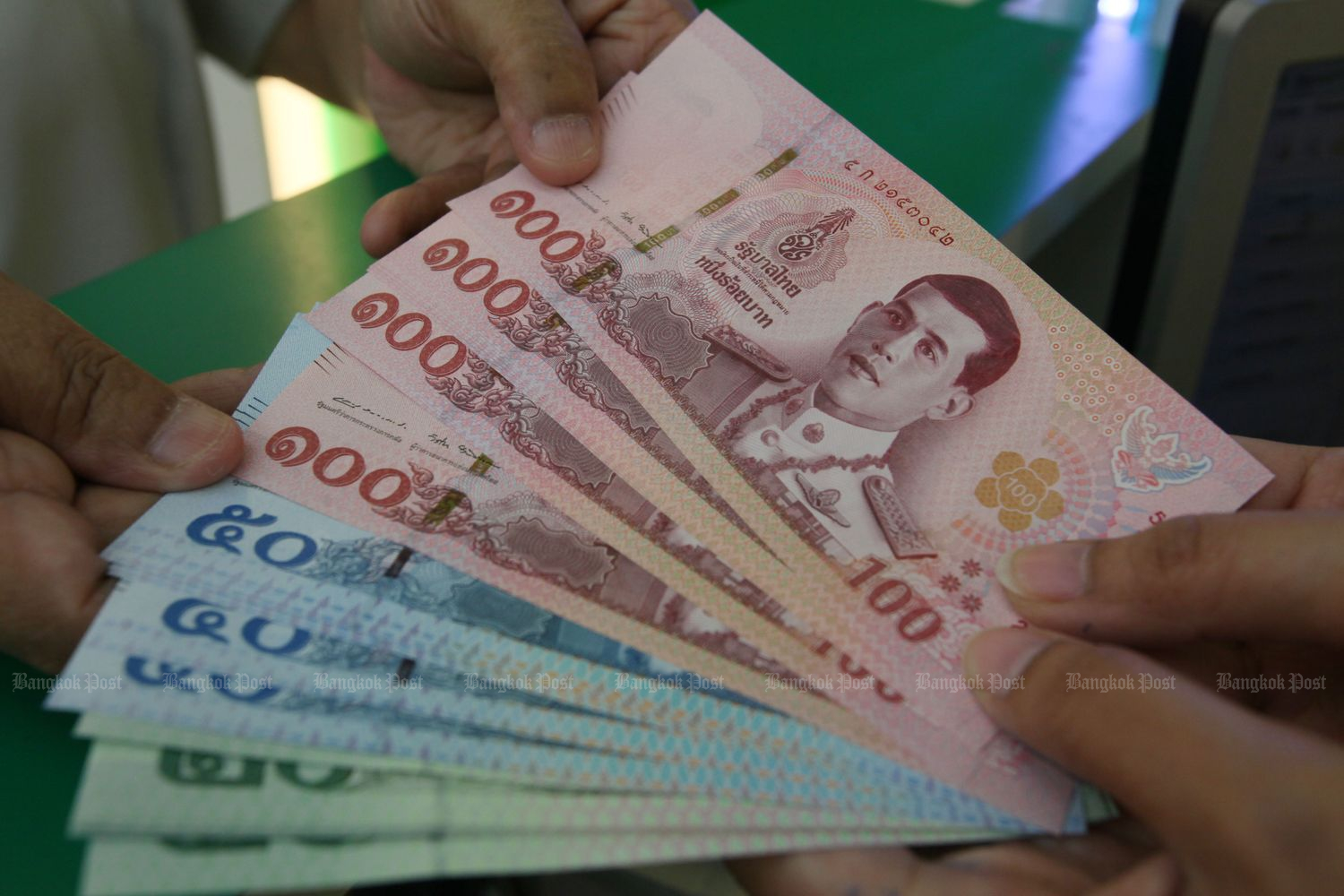
Emerging Asian central banks have seen a sharp depletion in their foreign-exchange reserves, stoking concerns it may crimp market interventions to curb currency losses in the face of the mighty dollar.
A closely-watched measure of reserves cover -- the number of months of imports a country can finance with its foreign-exchange holdings -- has dropped to about seven for EM Asia ex-China, the lowest since the global financial crisis in 2008, according to Standard Chartered Plc. It was about 10 months at the beginning of the year and as high as 16 in August 2020, pointing to an erosion of developing nation firepower to defend currencies.
“The deterioration indicates that central bank intervention to support local currencies might be much more limited going forward,” Divya Devesh, head of Asean and South Asia FX research at Standard Chartered in Singapore said last week. “Overall, we expect central banks’ FX policy to turn less supportive.”
Thailand saw the biggest drop in reserves as a percentage of the gross domestic product, followed by Malaysia and India, according to data compiled by Bloomberg. Reserves cover about nine months of imports for India, six for Indonesia, around eight for Philippines and seven for South Korea, Standard Chartered said.
Central bankers across emerging Asia have relied on reserves to protect their currencies against a resurgent dollar as aggressive Federal Reserve policy tightening spurred flows back to the US. Any indication of a slowdown in market interventions may exacerbate losses for Asian currencies, many of which hit record or multi-year lows recently.
Central bank interventions may also see a change -- from dollar sales to purchases -- as their focus is likely to shift from containing imported inflation to boosting export competitiveness if Asia’s exports come under pressure, said Devesh.
Using the drop in reserves as a proxy for FX intervention, India and Thailand have been among the most aggressive, with reserves declining by about $81 billion and $32 billion, respectively, this year. Reserves dropped by $27 billion in South Korea, $13 billion in Indonesia and $9 billion in Malaysia.
Part of the decline was also due to dollar strength eroding the value of other currencies held in reserves.
“On current burn rates, Thailand remains worrying as does Philippines, India, Indonesia, and even Malaysia is becoming a bigger concern than it was earlier,” said Vishnu Varathan, head of economics and strategy at Mizuho Bank Ltd in Singapore.
Still, emerging Asian markets remain in better shape than in previous crises having built up higher buffers. Investors have been turning to these markets in recent months, optimistic they can offer faster growth, policy support and potentially higher returns.
The dollar surge has led to China’s yuan edging close to the key 7 level, while the risk-sensitive Korean won weakened to levels not seen since 2009. The Indian rupee and the Philippine peso hit record lows recently. Emerging Asian currencies traded mixed on Monday and the dollar came under pressure against major peers as investors awaited US inflation due Tuesday for clues on interest-rate hikes.
Authorities in the region have ratcheted up their verbal interventions.
Bank of Japan Governor Haruhiko Kuroda last week joined a number of officials expressing concern over sudden moves in the yen. Reserve Bank of India Governor Shaktikanta Das said the authority is in the currency market almost everyday, while the Bank of Korea said it will take active stabilization measures.
“They are between a rock and a hard place,” said Varathan. “The conspiracy of bullish dollar, recession risks, and elevated inflation exacerbated by exogenous price shocks means that EM Asia central banks cannot assume that the worst risks are behind us.”







